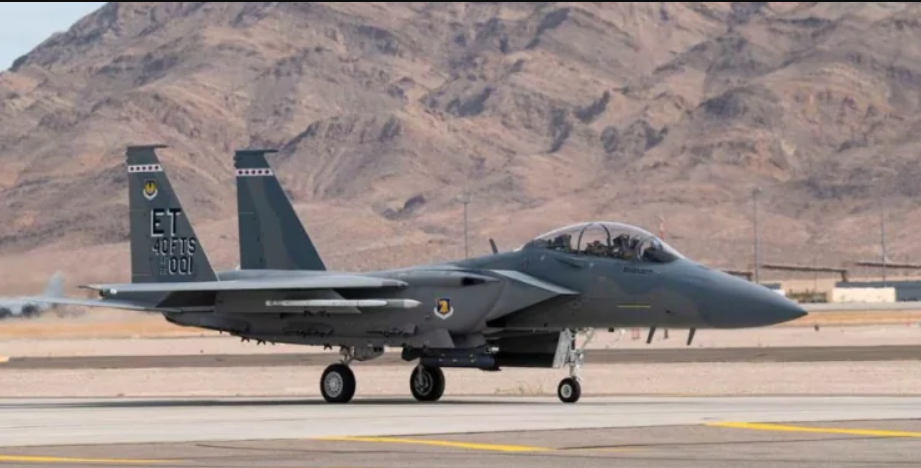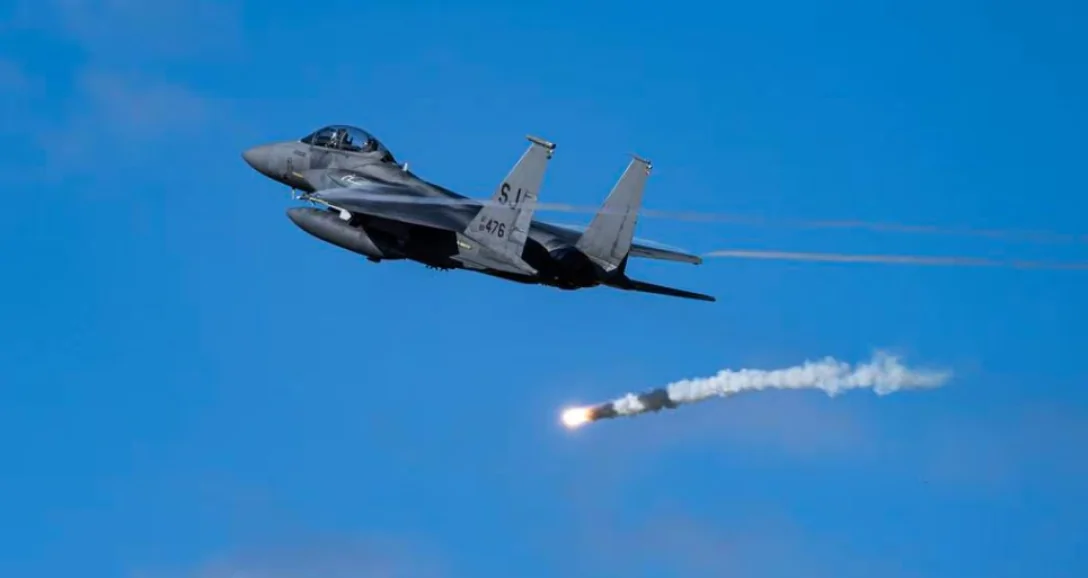
The United States has successfully passed the initial tests of the electronic warfare system for the latest F-15E/EX fighter
The EPAWSS system for the F-15E Strike Eagle is an integrated system that provides a full range of electronic warfare capabilities, including radar warning, geolocation, situational awareness and self-defense.
The US Air Force recently completed the initial phase of operational testing and evaluation of the Eagle Passive Active Warning Survivability System, or EPAWSS, which provides electronic warfare capabilities for the F-15E Strike Eagle and F-15EX Eagle II fighters. This was reported by Defense News on April 3.
The AN/ALQ-250 EPAWSS system from BAE Systems, which is standard on the F-15EX, is currently being modernized on a number of fighters. This is a whole complex that opens up new horizons in the fight against modern threats, providing a full range of electronic warfare capabilities – radar warning, geolocation, situational awareness and self-defense of the F-15.
According to BAE Systems, the EPAWSS system is fully integrated with radar warning, geolocation and advanced anti-aircraft and illumination missile capabilities to detect and defeat ground and airborne threats in dense radio interference.
However, the system is not currently integrated with the AN/AAR-57A(V) Common Missile Warning System (CMWS), which is designed to detect infrared threats, even though the F-15EX has the same mounting points as the F-15QA and F-15SA.

“EPAWSS is a technological leap forward that enhances the lethality and combat capabilities of the F-15E and F-15EX against modern threats. It has set the baseline for electronic warfare systems in the fighter community,” said Major Bryant Baum, Air Force Operational Test and Evaluation Center chief.
The EPAWSS system is smaller and lighter than previous electronic warfare systems for the F-15. This ensures flexible upgrades and quick implementation of new features.
One of its key features is the integration of cognitive electronic warfare, which allows the system to better distinguish signals and respond to new electromagnetic threats. This was successfully demonstrated during the Northern Edge 2023 exercise.

